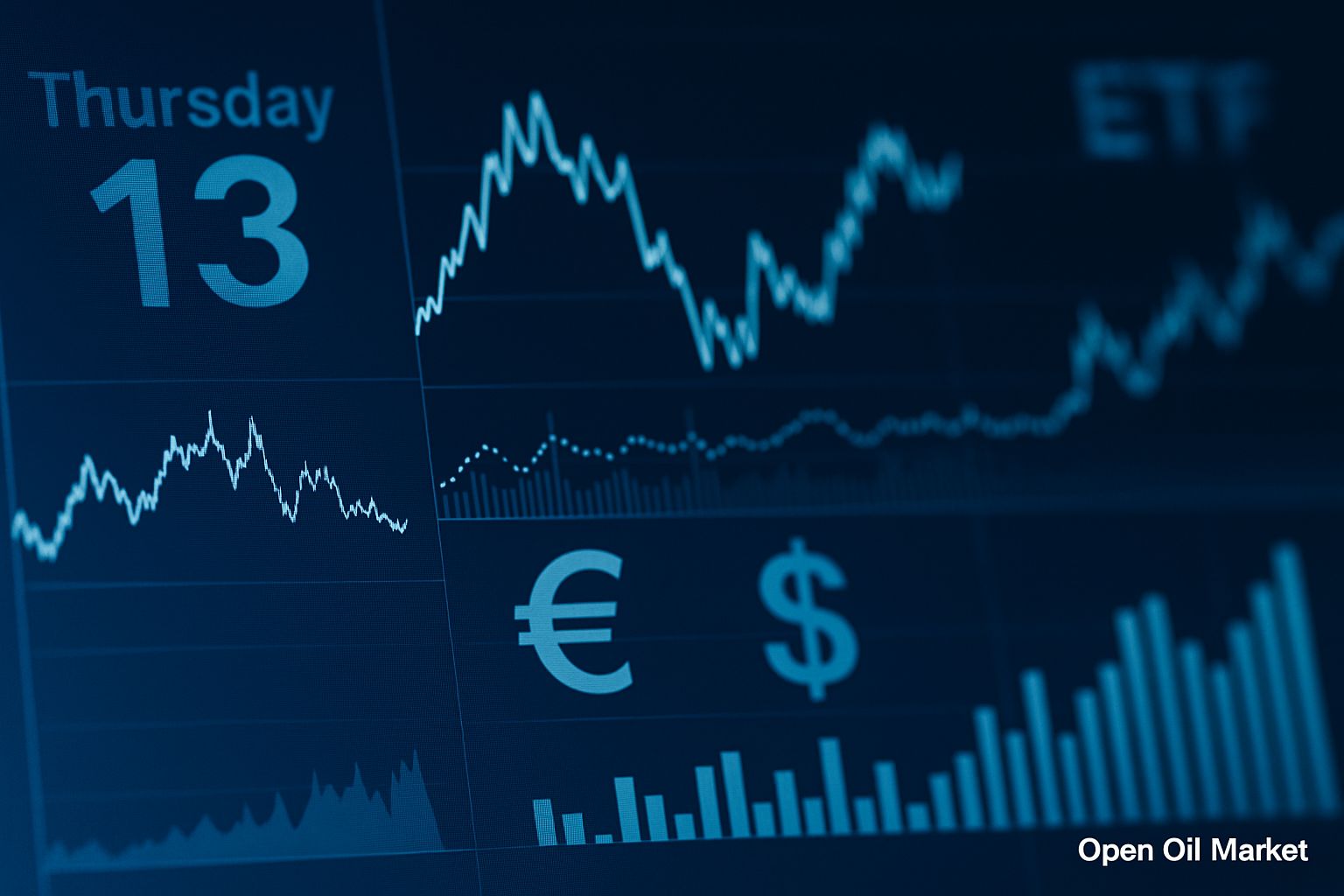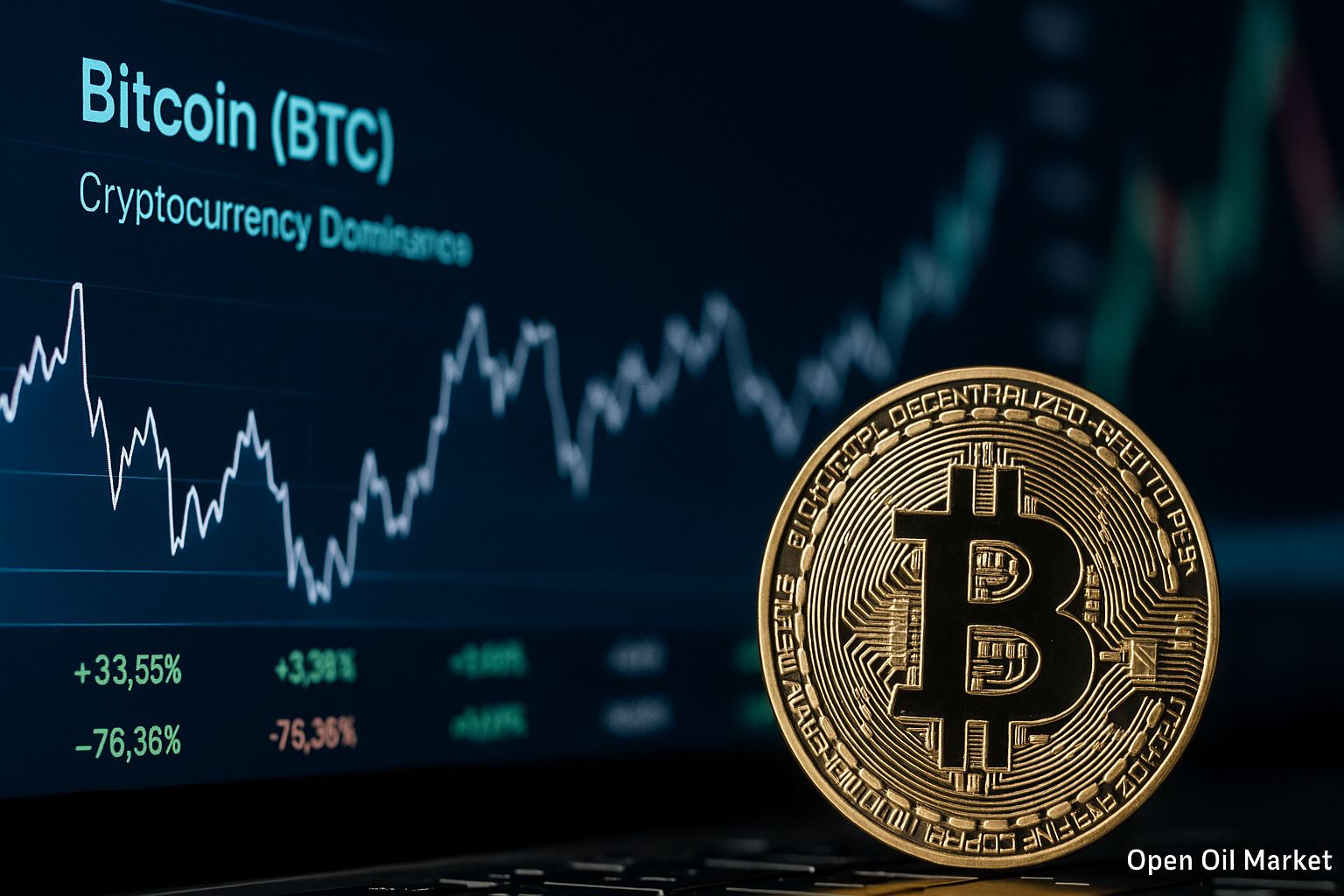
Global Startup and Venture Capital News as of November 10, 2025: Record Rounds in AI, the Return of Mega Funds, and the Revival of Crypto Startups. A Detailed Review for Venture Investors and Funds.
Statistics confirm the revival of the venture capital market: in the third quarter of 2025, global investment volumes reached approximately $97 billion (a 38% increase year-over-year), marking the best quarter since 2021 and indicating the fourth consecutive period of growth following the "venture winter" of 2022-2023. Investors worldwide are actively funding tech startups once again — record deals are being made, IPO plans are returning, and the largest funds are entering the market with significant investments. Governments across various countries are enhancing their support for innovation. As a result, private capital is flowing into startup ecosystems, providing young companies with the resources needed for accelerated growth.
Venture activity is increasing globally: the U.S. remains a leader (especially in AI), investment volumes in the Middle East nearly doubled year-over-year, Europe is showing a resurgence (Germany has overtaken the UK in venture capital for the first time), and India and Southeast Asia are attracting record inflows of investment amidst a relative decline in China. The startup scenes in Russia and other CIS countries are also striving to develop — new funds and programs are emerging in the region despite external constraints. Overall, the market is experiencing a global venture boom, though investors remain selective and cautious in choosing projects.
Below are key events and trends shaping the current agenda of the venture market as of November 10, 2025:
- The Return of Mega Funds and Large Investors. Leading venture players are raising record funds and are actively investing in startups again, flooding the market with capital and increasing risk appetite.
- Record Investments in AI and a New Wave of Unicorns. Extremely large funding rounds are driving valuations of startups to unprecedented heights, particularly in the field of artificial intelligence, leading to a surge in new unicorns.
- The Revival of the IPO Market. Successful public listings of tech companies and new listing plans confirm that the long-awaited "window" for exits has reopened for venture investors.
- Industry Diversification: Not Just AI. Venture investments are flowing into not only AI but also fintech, climate projects, biotechnology, and aerospace and defense developments — the focus of investments is broadening.
- A Wave of Consolidation and M&A. Major mergers, acquisitions, and strategic deals are reshaping the industry landscape, creating new opportunities for exits and rapid growth for companies.
- The Return of Interest in Crypto Startups. After an extended "crypto winter," blockchain projects are once again attracting significant funding and attention from venture funds and large corporations.
- Local Focus: Russia and the CIS. New funds and programs for the development of local startup ecosystems are being launched in the region, gradually attracting the attention of investors despite sanctions and other restrictions.
The Return of Mega Funds: Big Money Back on the Market
The largest investment funds and institutional players are confidently returning to the venture arena, signaling a new phase of risk appetite. Following a decline in venture fundraising during 2022-2024, leading VC firms are resuming capital raising and launching new mega funds, demonstrating faith in market potential. For example, Japan's SoftBank launched the Vision Fund III with approximately $40 billion (focusing on AI and robotics) after a hiatus, while American Sequoia Capital announced two new funds totaling around $950 million. Sovereign funds from the Gulf countries have also become active, directing billions of dollars into innovative companies worldwide. The emergence of such mega-structures means that startups will soon have even more opportunities to secure funding.
Record Investments in AI: A New Wave of Unicorns
Artificial intelligence remains the primary driver of the venture boom, showcasing record funding volumes. In the United States alone, AI startups attracted about two-thirds of all venture investments since the beginning of 2025, and global investments in AI may exceed $200 billion by the end of the year — an unprecedented level for the industry. The combined valuation of the ten largest AI companies is already approaching $1 trillion. Investors attribute the frenzy surrounding AI to the promise of radically improving efficiency across various sectors and opening up multi-trillion dollar markets — from software automation to personal assistants. While experts warn of a potential "bubble," funds continue to invest aggressively, fearing they might miss the next technological revolution.
The massive influx of capital is accompanied by the emergence of numerous new unicorns and the concentration of investments among leaders. About 70% of venture investment in the U.S. currently goes to a handful of companies. For example, French startup Mistral AI raised approximately $2 billion in September (a record for Europe), while American OpenAI secured a direct round of $13 billion — an unprecedented deal that skyrocketed its valuation to stratospheric heights. Such mega-rounds inflate valuations while simultaneously concentrating resources and talent on promising directions, potentially leading to future technological breakthroughs.
In recent weeks, several startups have announced large-scale investments, confirming the return of "big checks" to the market. Examples include:
- Synthesia (UK) — $200 million at a valuation of $4 billion for scaling an AI video generation service (led by GV — Alphabet's venture division).
- Fireworks AI (US) — $250 million in a Series C round (valuation around $4 billion) for developing an AI platform in genomics and healthcare.
- Armis (US) — $435 million in a pre-IPO round at a valuation of $6.1 billion to enhance the cybersecurity platform for IoT devices (led by Goldman Sachs with participation from CapitalG).
The Revival of IPOs and Exit Prospects
Against a backdrop of rising valuations and capital inflows, tech companies are again eyeing public markets. After a two-year lull, the IPO market is reviving as a long-awaited exit strategy for venture investors. For instance, the fintech unicorn Circle successfully went public with a valuation of around $7 billion. This debut signaled a revival of market appetite for new listings. Major private companies are also eager to take advantage of the opening "window." Insiders report that OpenAI, the developer of ChatGPT, is considering an IPO in 2026 with a potential valuation of up to $1 trillion — an astonishing level for the tech sector. Blockchain company ConsenSys (creator of the MetaMask wallet) is also preparing for an IPO in 2026. Improving market conditions and the easing of regulatory uncertainty (e.g., the adoption of stablecoin regulations and the approval of Bitcoin exchange-traded funds) are instilling confidence in startups that the public market has once again become a viable opportunity to attract capital and provide exits for investors. Analysts predict that the number of high-profile tech IPOs will grow over the next couple of years as demand for new listings remains strong.
Industry Diversification: Not Just AI
Venture investments in 2025 are encompassing a much broader range of industries and are not limited to AI startups. Healthcare and biotechnology attracted about $15-$16 billion in venture capital in the third quarter — the third highest total after AI and IT infrastructure. Notably, there is a synergy between technology and medicine: startup Fireworks AI secured $250 million to develop an AI platform for genomic medicine. Funds are also financing climate and "green" projects. For example, Australian company Uluu raised AUD 16 million for the development of biodegradable plastic from seaweed. There is also a focus on space technologies: Bulgarian startup EnduroSat secured $104 million for the production of small communication satellites. While the scale of these deals may not compare to the gigantic rounds in AI, they reflect sustained interest in diverse innovations. The broadening of industry focus is making the startup ecosystem more resilient and reducing the risk of overheating in specific segments.
Consolidation and M&A: Consolidating Players
High startup valuations and intense competition are prompting a new wave of consolidation. Major mergers and acquisitions are re-emerging, reshaping the industry landscape. For example, in October, investment bank Goldman Sachs announced the acquisition of venture firm Industry Ventures for approximately $1 billion — one of the largest deals in the venture sector, reflecting growing interest from bank capital in technological assets. Tech giants have also resumed activity, acquiring promising projects in AI, cybersecurity, and other fields amid stabilizing valuations. The consolidation is also affecting the crypto industry: media reports suggest that Mastercard is considering acquiring several blockchain startups for nearly $2 billion, aiming to strengthen its position in the digital assets sector. Overall, the growth in M&A activity indicates the maturing of the market: major players are expanding through acquisitions, while startups are getting more opportunities for profitable exits.
The Return of Interest in Crypto Startups
Following a prolonged downturn amid the "crypto winter," the blockchain startup market is reviving: venture investments in the crypto industry are on the rise again. In October 2025, funding for crypto projects significantly increased. The leader was the American project Polymarket, which raised a record $2 billion (valuation approximately $9 billion) — one of the largest deals of the year outside the AI sector. Overall, infrastructure solutions for digital assets are also starting to receive backing from venture funds. For instance, the American startup Hercle, which is developing a stablecoin issuance platform, secured $60 million in funding. Meanwhile, the crypto market is maturing — institutional investors are actively returning to the digital assets space. Easing regulatory uncertainty (adoption of stablecoin regulations and approval of Bitcoin exchange-traded funds) and the involvement of financial giants in funding the sector are supporting capital inflows. The sector of crypto startups, which has undergone a cleansing from speculative projects, is gradually restoring trust and returning to the focus of venture investors.
The Local Market: Russia and the CIS
In Russia and neighboring countries, the startup ecosystem is also striving to keep pace with global trends. Over the past year, several new venture funds have emerged — part of the local capital has begun to flow into the technology sector. Government institutions and corporations have activated support programs, launching accelerators, funds, and grants for innovative projects. Although the overall volume of venture investments in the region remains modest and serious barriers persist (high interest rates, sanctions, etc.), the most resilient startups continue to develop, focusing on local niches. The gradual formation of a domestic venture market is creating a foundation for the future, when external conditions improve.
Conclusion: Cautious Optimism
There is cautious optimism in the venture industry. On one hand, the rapid growth in valuations (especially in the AI segment) resembles the dot-com bubble and raises warnings about overheating. On the other hand, such frenzied periods concentrate massive resources and talent in new areas, laying the groundwork for future breakthroughs. By the end of 2025, it is evident that the startup market has revived: record financing volumes are being recorded, high-profile IPOs are on the horizon, and funds are forming large pools of capital. At the same time, investors have become more selective, directing funds toward the most promising projects. The key question for the future is whether the high expectations surrounding the AI boom will be met and if other sectors can catch up in attracting funds. For now, the appetite for innovation remains high, and market participants look ahead with moderate enthusiasm.




